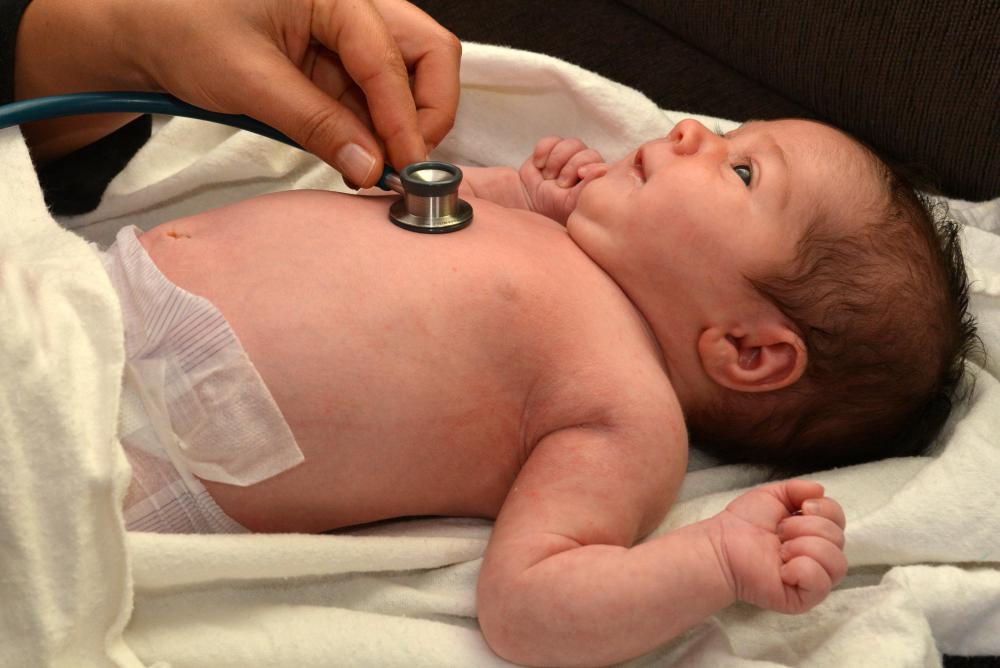At WiseGEEK, we're committed to delivering accurate, trustworthy information. Our expert-authored content is rigorously fact-checked and sourced from credible authorities. Discover how we uphold the highest standards in providing you with reliable knowledge.
What are the Different Types of Scoliosis?
There are several different types of scoliosis. They can be categorized based on when scoliosis develops, by the cause of scoliosis, and by where the curvature is located on the spine. Adult scoliosis, adolescent scoliosis, and juvenile scoliosis are the types based on age. Idiopathic scoliosis, congenital scoliosis, and neuromuscular scoliosis are based on cause. Finally, the types pertaining to where the curvature of the spine occurs are thoracic curve scoliosis, lumbar curve scoliosis, and thoracolumbar curve scoliosis.
Scoliosis is a lateral curve in the spine. A healthy spine is straight from the neck to the hips. Symptoms of scoliosis include backache and fatigue. A person with scoliosis may have visible symptoms, such as uneven hips or shoulders. Treatment of scoliosis largely depends on the type, and some cases don't require any treatment. Some mild types of scoliosis can be corrected with a brace, while other more severe occurrences require surgery.

Idiopathic scoliosis is the most common type of scoliosis. The word idiopathic means cause unknown. Fittingly, the cause of idiopathic scoliosis is unknown. It does tend to run in families, which suggests that it is hereditary. This type of scoliosis usually develops during adolescence and is more common in females than males.
Congenital scoliosis is caused by a birth defect of the spine itself. This type of scoliosis is present at birth, but may not be noticed for several months or even years. Most occurrences of congenital scoliosis are caused by a defect called hemivertebrae, in which one side of the spine is missing vertebrae. Another cause of this type of scoliosis are unsegmented portions of the spine that did not separate properly.

Neuromuscular scoliosis is fairly common in people suffering from neuromuscular disorders. This type of scoliosis is caused by a disorder of the central nervous system. Some of these disorders include muscular dystrophy, cerebral palsy, and marina syndrome. Treatment is specific to each case.
The types of scoliosis based on age are fairly straightforward. Adult scoliosis develops during adulthood. Adolescent scoliosis occurs in patients between 10 and 18 years of age. If scoliosis is diagnosed between the ages of four and 10, it is classified as juvenile scoliosis. Interestingly, juvenile scoliosis is more common in males, whereas adolescent scoliosis is more common in females.

Thoracic curve scoliosis, lumbar curve scoliosis, and thoracolumbar curve scoliosis are types of scoliosis based on where the curvature is located on the spine. Thoracic curve scoliosis occurs when the curve is within the 12 thoracic vertebrae, between the cervical vertebrae and the lumbar vertebrae. Lumbar curve scoliosis describes a curve in the lumbar vertebrae, in the lower back region of the spine. When the curvature affects both the lumbar and thoracic vertebrae, it is called thoracolumbar curve scoliosis.
AS FEATURED ON:
AS FEATURED ON:

















Discuss this Article
Post your comments